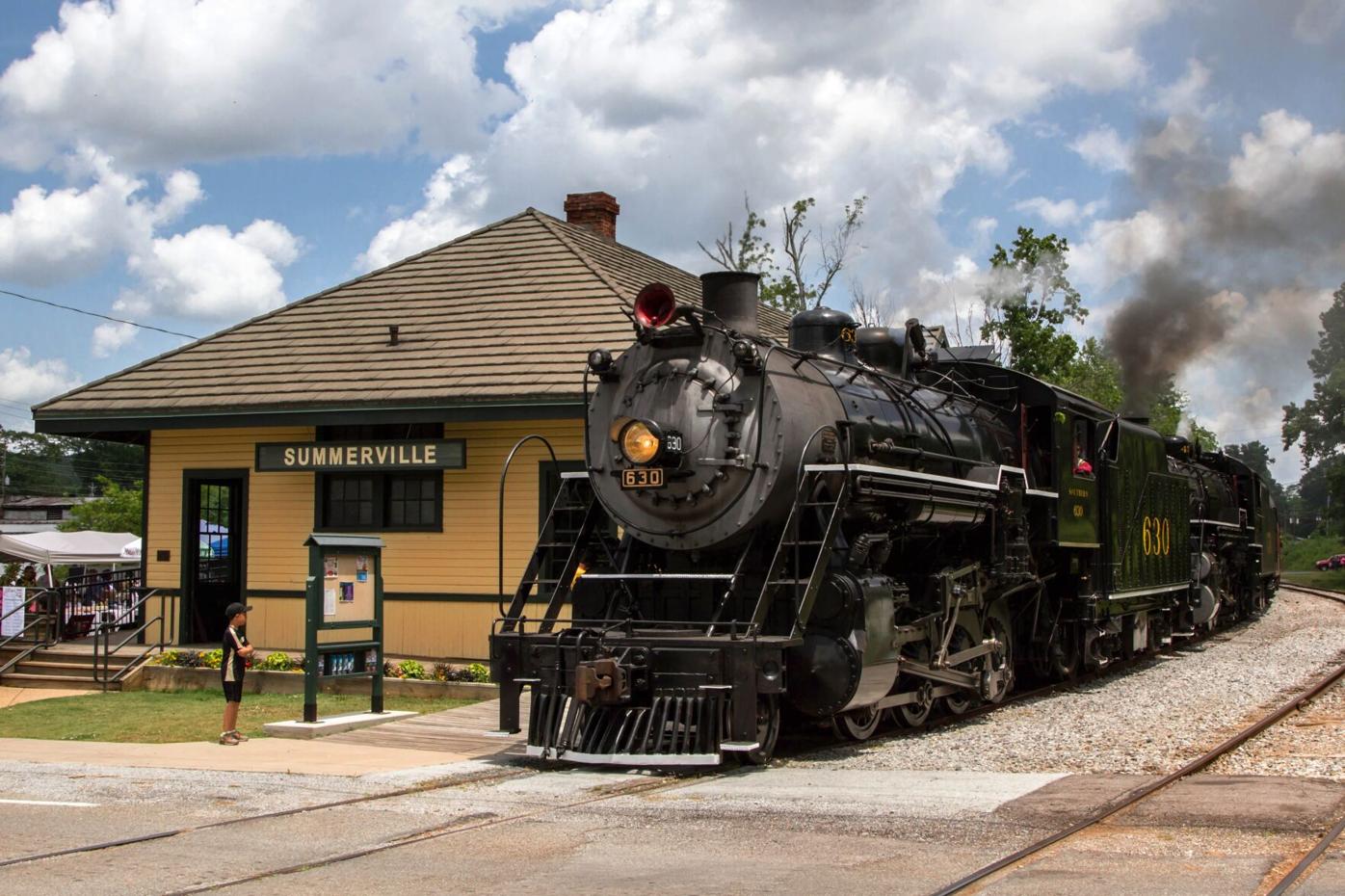In Northwest Georgia, the echoes of steam engines and bustling platforms may have faded for many historic railroad depots, but for Summerville, the past is very much alive and driving a vibrant new economic future. While regular passenger and freight services ceased decades ago, the Summerville Depot stands as a testament to adaptive reuse, now a central hub for heritage tourism, drawing visitors from across the region.
Each fall, the depot springs to life, receiving excursion passenger trains from the Tennessee Valley Railroad Museum, transforming downtown Summerville into a bustling destination. This activity underscores a significant shift in the depot’s economic role: from a traditional freight and passenger nexus to a primary driver of local heritage tourism.
Georgia’s railroad heritage is deep-seated, dating back to the 1830s, with a critical role during the Civil War and the subsequent “Golden Age” of railroading. This era saw the rise of numerous depots, many of which, though repurposed, still stand today. Northwest Georgia boasts some of the state’s most venerable rail structures, including the Tunnel Hill Depot and the Ringgold Depot, both built by the state-owned Western & Atlantic Railroad around 1848-1850.
The Tunnel Hill Depot, constructed between 1848 and 1850, famously utilized rock excavated from Chetoogeta Mountain for the adjacent Historic Tunnel. Just a few miles away, the Ringgold Depot, completed in 1850, is a rare antebellum survivor, historically serving as a crucial supply point for both Union and Confederate forces during the Civil War. These structures are invaluable tangible links to the state’s pivotal role in national history.
The current Summerville Depot dates to 1918. It replaced two earlier depots, both lost to fire. The original 1889 depot was built with the arrival of the Chattanooga, Rome, and Columbus Railroad, and its successor succumbed to flames in May 1917, leading to the construction of the present-day building that anchors downtown today.
Today, Summerville’s depot is no longer a commercial freight hub, but its economic contribution is profoundly felt through heritage tourism. Attracting visitors via scenic train excursions, hosting community events, and serving as a focal point for downtown activities, the depot directly supports local businesses, from restaurants and shops to accommodations, enhancing the overall vitality of Summerville.
While Summerville’s depot thrives, it’s a unique success story among its Chattooga County neighbors. Towns like Trion, Menlo, and Lyerly once boasted their own depots, but today, only Summerville’s remains an active facility receiving passenger trains. Many other historic depots across Georgia have found new life as museums, community centers, or commercial establishments, preventing their decay and preserving their unique architectural and historical value.
The journey of Northwest Georgia’s historic railroad depots, from vital transportation arteries to cherished historical landmarks and economic drivers, mirrors a broader narrative of preservation and adaptive reuse. As the Summerville Depot demonstrates, these architectural treasures, rather than fading into obscurity, are finding new life, continuing to connect communities with their rich past while forging a prosperous future.








Comments